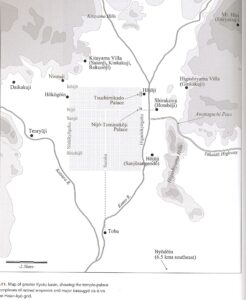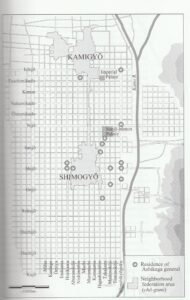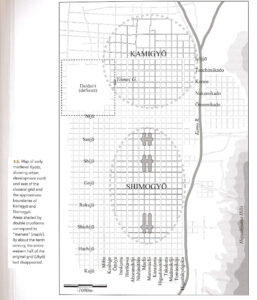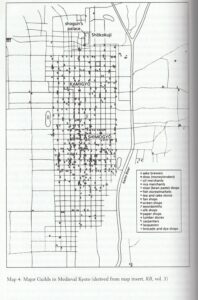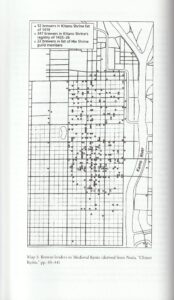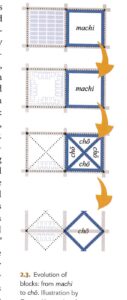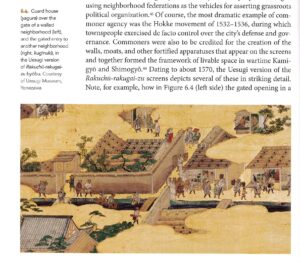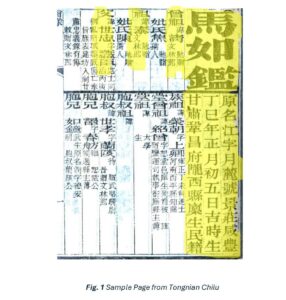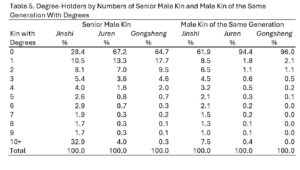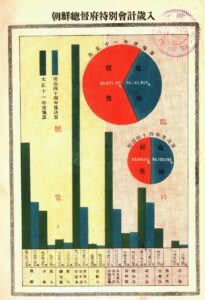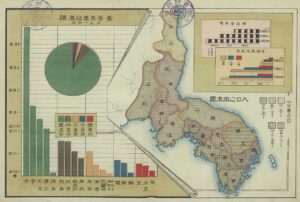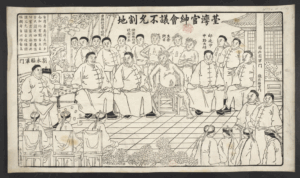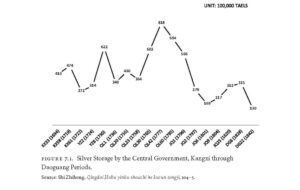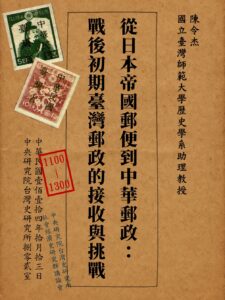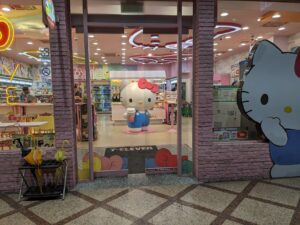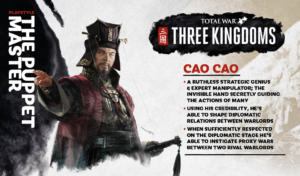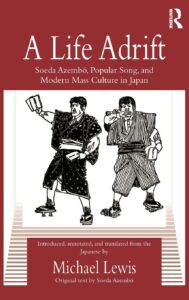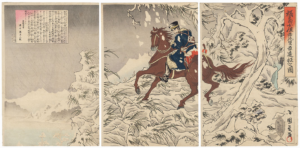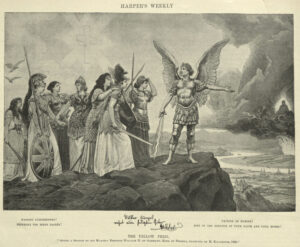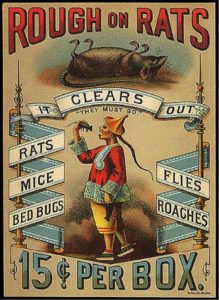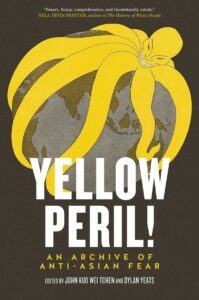Utah has apparently become the first state to mandate the Ethics and Public Policy Foundation (EPPF) model legislation on General Education. This will be rolled out at Utah State, and may be expanded statewide by 2029.
Among other things the Utah law requires a 3 credit course in the Humanities that will include texts for each course that are historically distributed from antiquity to the present from figures with lasting literary, philosophical, and historical influence, such as Homer, Plato, Aristotle, Lao Tzu, Cicero, Maimonides, Boethius, Shakespeare, Mill, Woolf, and Achebe.
I find all of this interesting for at least two reasons. Reason two is that I teach Modern China, and so I am used to the idea of schools trying to balance whatever the faculty think education is with the demands of the party-state. Reason one is that, until our recent restructuring I used to teach HIST 206 History of East Asia (a.k.a. Rice Paddies) about once a year. This was more or less an East Asian Humanities class in some ways, and so I had to figure out what would be my one book to use for Classical Chinese Thought. I never used Laozi, but it may work for them.
Reason one: is this the right book to pick?
I have posted a lot of stuff about syllabus construction over the years. Although we are no longer back in the Print Age, when what students draw on in a class mostly came from a list of things the professor picked out, I think this still matters. If you had to pick out one short thing to use to talk about something what would it be? Yes, new stuff comes out all the time, but there is a reason books like Six Records of a Floating Life and Chushingura get used over and over.1 I am picking for the first book in a Rice Paddies class. For Utah it is presumably a “culturally formative phenomena outside the West”2
So, what to use? Specifically for China’s Age of Philosophers or the 100 Schools or the Axial Age?
Some of the stuff I have used has been secondary, which I am assuming would not fly in Utah, as that is a way for wrongthink to seep in. I used Mote’s Three Ways of Thought ages ago. I can’t really see myself using something like Van Norden’s Introduction to Classical Chinese Philosophy because that gets you too much into a philosophy class. I have used Sarah Allan, The Way of Water and Sprouts of Virtue (SUNY, 1997) and it sometimes worked well. It is also now free via our library! Maybe next time.
But if you decide (or are told) it has to be a primary text, what should you use? Analects is one obvious choice, but that is a really hard book to teach. I used the Brooks and Brooks translation a few times, and while I liked the fact that they explain things line by line, it is just too much for an intro class. The only early “Confucian” text I can think of that is orderly enough to work in a survey and is sort of a summary of classical Ruism is Xunzi, but that is way too long.
I have used Zhuangzi (which our students -hate-) which actually is sort of ideal for a class where you want them to learn something about China/Asia in a way that is applicable to their own lives. Most recently I have been using Anne Behnke Kinney, Exemplary Women of Early China: The Lienü Zhuan of Liu Xiang (Columbia University Press, 2014). For me this checks all the boxes. Not too long or complex. Well-organized and cut up into easy little bits. A book that different students can get different things out of. Teaches you useful things about Early China and may also help you to think about your own life.
Laozi strikes me as as being really hard to fit into my class. Just as prose it is really hard for undergrads to read and understand without a lot of help. If I wanted to talk about Huang-Lao thought in the Han, it might be a good book, but that is a bit of a deep dive for HIST 206. I have an idea what sorts of things I want students to come away knowing, and it is hard to fit Laozi in there. It also is the book the lends itself best to bad “Woo-woo wisdom of the East” readings. Avoiding that would seem to be the main purpose of a class or class segment like this, but maybe not in Utah. Laozi does have a political vision, and maybe it does fit in with theirs.
是以聖人之治,虛其心,實其腹,弱其志,強其骨。常使民無知無欲。使夫1知者不敢為也。為無為,則無不治
Therefore the sage, in the exercise of his government, empties their minds, fills their bellies, weakens their wills, and strengthens their bones. He constantly (tries to) keep them without knowledge and without desire, and where there are those who have knowledge, to keep them from presuming to act (on it). When there is this abstinence from action, good order is universal. (using the Legge translation from Ctext for the nice KJV feeling to it)
I don’t actually to that much with Huang Lao thought in the Han even in my upper division Early China class, preferring to skip ahead to more “Confucian” stuff, since that has more impact on Asian history. Of course, that is only a problem if you are trying to use the text to understand China. If all you want is some Eastern woo woo it works fine.
Reason two -Maybe this will profit us?
The Utah thing is a change in how the curriculum is set up. Someone will win, and someone will loose. This happens all the time. I have been through any number of actual and proposed General Education revisions in my time, and I have heard any number of variations of an administrator saying “This will work if only the faculty don’t treat it like a turf war.” Of course the faculty -do- treat it like a turf war. They do this in part because the stakes are so small (their jobs), but also because they think their field matters. A general education curriculum is basically the faculty trying to divvy up whatever an education is into 3 credit chunks. This would be a far more quicker process if the faculty were not so personally invested in it. If only we could fill our school with chemists who don’t think science matters, historians who don’t think history matters and musicians who don’t think music matters, things would work more efficiently.
When a change like this comes down the pike -everybody- looks at it and figures out what is in it for them and their discipline. The point of the Utah model is to move away from the old model and “replace the existing distribution model of general education with a coherent curriculum with a foundation of the core values, principles, and purposes described in Section 53B-18-1906;” According to the bill’s sponsor this is because “Taxpayers are sick of paying for what I would term are anti-American indoctrination camps, worthless degrees.” (Sen. John Johnson, R-Ogden). In my case I was happy to see Laozi in there. Maybe this could be turned into a good class.
This seems unlikely, however, since one of the key goals of the bill is to protect students from people like me and the current Utah State faculty and academia more generally. Faculty teaching in Gen Ed will have to be appointed by a Center for Civic Excellence, not by traditional academic departments. It appears that maybe all of them will be recruited from real academic departments. (line 85), which is perhaps not the model that EPPF had in mind in their model legislation.3
Who will teach these classes? I am pretty sure that if you were an English or History professor you might sign up to be approved to teach some of these if you had to do it to keep your job, but trying to make them into real classes that you would be happy to teach and think would do your students some good is a fool’s errand. You can see this pretty clearly in the model legislation. The EPPF actually lays out 13 classes all students should be required to take. One of them is a 3 credit Economics class. I am sure the Econ people would be arguing if it should be micro or macro, but the answer is ..Go away and quit bothering us with your academic nonsense. This is Gen Ed economics, which should not be under the control of the Economics department, and they are quite explicit about this. They do include one class that is not specifically focused on the West. We no longer have that in the Crimson Core here at IUP. Maybe I should move to Utah!
3 semester credit hour course of World Civilizations, which shall be a broad survey course
covering the distinctive history, culture, literature, and social structure of at least four nations
or culture areas to be selected from among China, India, the Islamic Middle East, Africa, Latin
America, Russia, Japan, and Southeast Asia, with concentration on a representative country or
countries permitted when a given culture area is under consideration.
How in the name of 閻羅王would you teach that? (probably in sections of 40-60 to boot.) How do you argue that the four should be China, Japan, Southeast Asia and India, rather than China, Russia, Southeast Asia and Africa? I can think of a disciplinary way of arguing that,4 but by definition they are not interested in academic disciplines. I know how to argue, as a historian, to include this book or that assignment, but this is not a history class, or a literature class, or an anthropology class.
One way to do it would be by abandoning your academic identification. Your advisor? Worthless. All the teachers who taught you? Worthless. All the scholars who inspired you? Worthless. The scholarly community you are part of? An anti-American indoctrination camp. If you want to fill your belly, you will need to empty your mind first. You need to abandon the idea that you are a professional, and that you have an autonomous mind outside the dictates of the party-state. I work for a university that judges my performance, just like all professors, but the judgement that matters most, both to me and the university are the judgements of the other people in my department, who I call my colleagues and who I judge in turn. This is how a university works.
The Utah classes are, by definition, not part of the university. The most obvious parallel would be political study classes in Maoist and post-Mao China. If you are wondering how to de-radicalize Marx and make Lu Xun an institutional bore…these are the classes for you.5 Nobody learned anything in those classes because that was not their purpose. This is not to say that learning and teaching did not take place in Maoist China, it was just divorced from the formal curriculum. I remember a speaker being absolutely shocked and disgusted when a group of younger Chinese scholars of literature said that they had not read Jin Ping Mei since of course it was banned by the Party for being obscene.6 The speaker had read it, in China in the late 60s. I don’t think that Utah State is going to turn into a Maoist university any time soon, but the mostly likely bet would seem to be a post-Mao political study class, something that nobody takes seriously because nobody is supposed to take it seriously as education, just as a political ritual. I suppose High School gym class would be another parallel.
To put it another way, how would you convince a student that it would be bad to use Chat GPT to do their assignments for this class? Or, more to the point, how would you tell yourself that it would be wrong to use Chat GPT to grade their assignments for this class?

